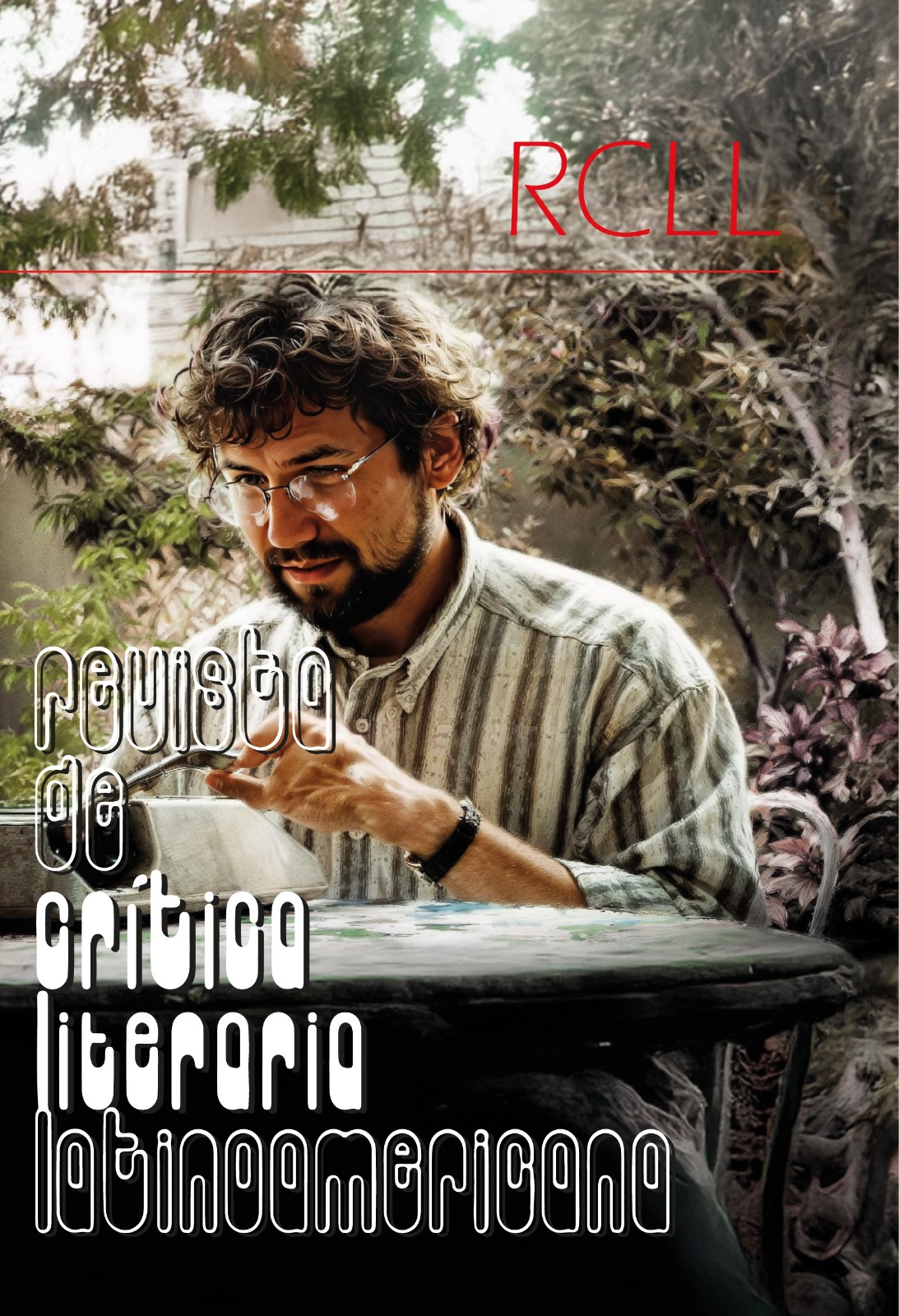La “ausencia presente” de la efervescencia contracultural en La tumba de José Agustín
Keywords:
Present absence, rock, counterculture, Bildungsroman, baroque, the sacred, capitalist modernityAbstract
The article examines José Agustín’s novel “La tumba” as a representation of 1960s Mexican youth counterculture, highlighting the “present absence” of rock and countercultural effervescence within the narrative. Through the character Gabriel Guía, José Agustín explores youth’s drive toward an alternative world opposed to the dominant bourgeois-capitalist order, reflecting an existential identity crisis that the protagonist attempts to confront without fully integrating into the countercultural “desmadre.” Framed within the structure of the “Bildungsroman”, the novel presents a failed Bildungsprocess: Gabriel, a youth alienated by his environment, oscillates between the idealistic rebellion embodied by Goethe’s Werther and the conformism exemplified by Wilhelm Meister. The article posits that counterculture functions as a “black hole” that absorbs and structures the novel’s social and cultural backdrop, demonstrating an unresolved tension between ontological values of vital plenitude and the existential void imposed by capitalism in a modernizing Mexico.





